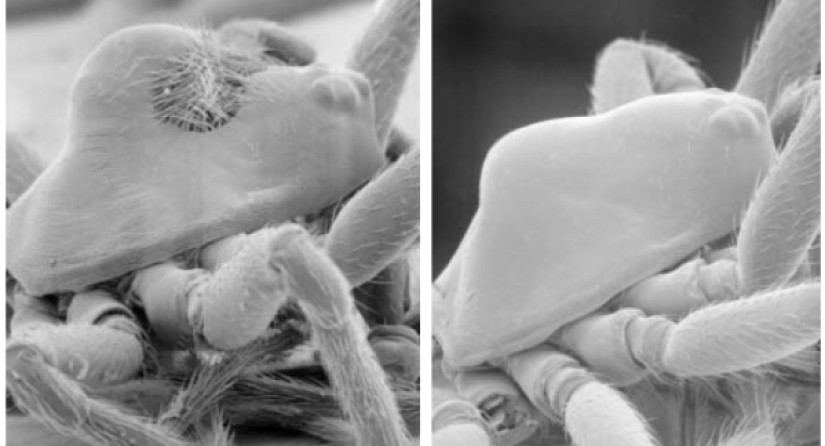Supergenes, phenotypic switching and the evolution and maintenance of variation in conspicuous sexually selected traits (supergenes)
Completed
01.01.16 → 31.12.19

Secondary sexual traits, being traits that allow males to increase their mating success, such as the Peacock’s tail, represent one of the most astonishing and rapidly evolving traits in nature. A major issue in the evolution of these traits is that strong directional selection for their development is expected to deplete their genetic variation. Then how can we observe such enormous variation, even between closely related species? To gain a more comprehensive understanding of their evolution, we need to trace back their molecular basis. This requires crossbreeding of species, which cannot be achieved if females do not accept males of different species. Here, we will take advantage of an exceptional study system, i.e. a genetic male dimorphism in the spider Oedothorax gibbosus wherein some males are characterized by complex head structures to seduce females, while other males lack these features completely. By combining state-of-the-art genomic and bioinformatics tools, we will (i) identify the gene(s) underlying variation in SST; (ii) infer which molecular mechanism (transcriptional regulation, clusters of genes called supergenes,…) enable discrete switching between these alternative morphs, (iii) test if particular features of the genomic region may facilitate such macromutations; (iv) reconstruct the evolutionary history of alternative tactics and (v) extrapolate these findings to the interspecific level.
Funding
Fund for Scientific Research – Flanders (FWO), JEMU
Internal members
- Frederik Hendrickx
- Gontran Sonet
- Carl Vangestel


